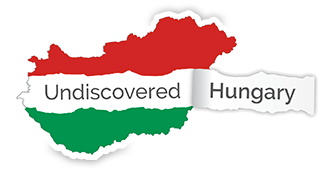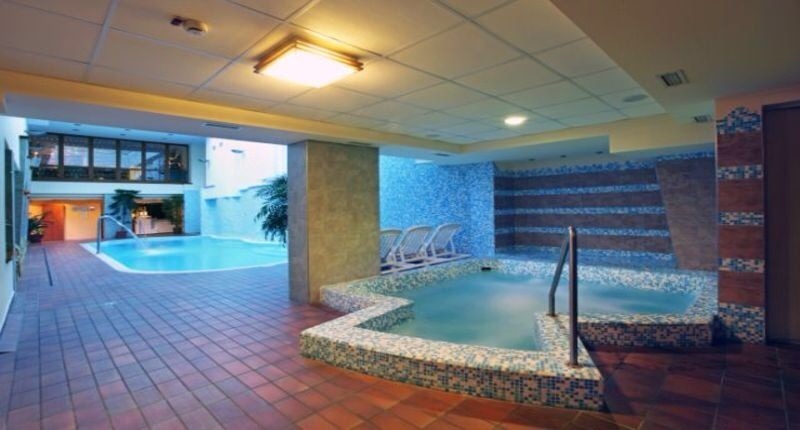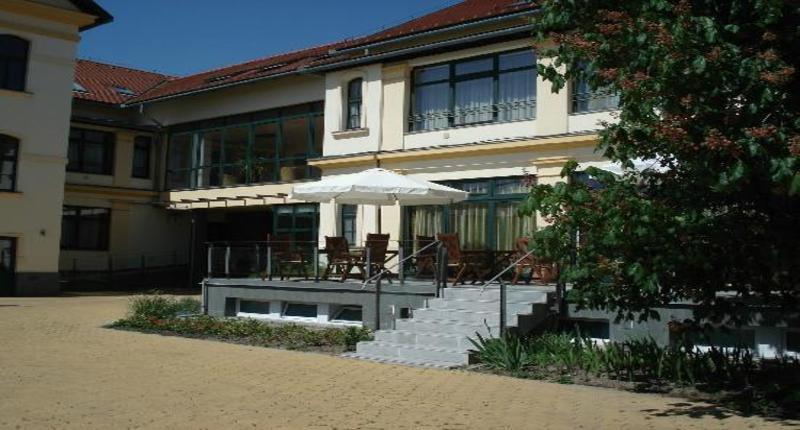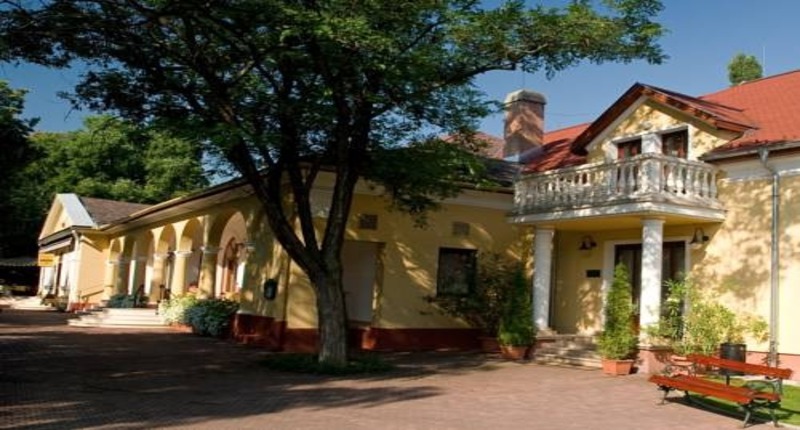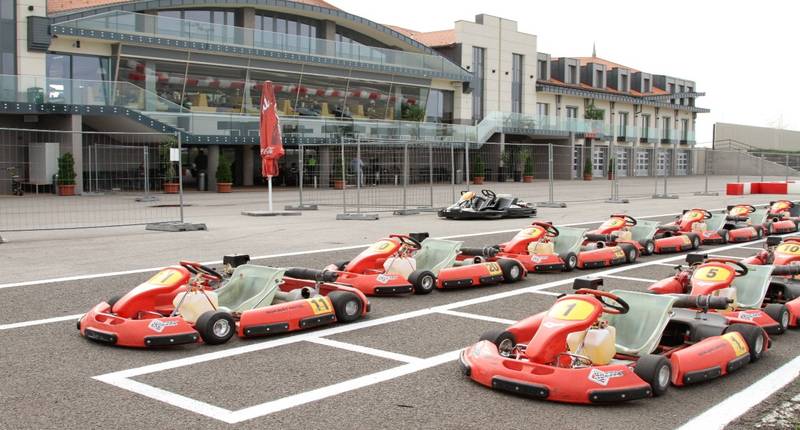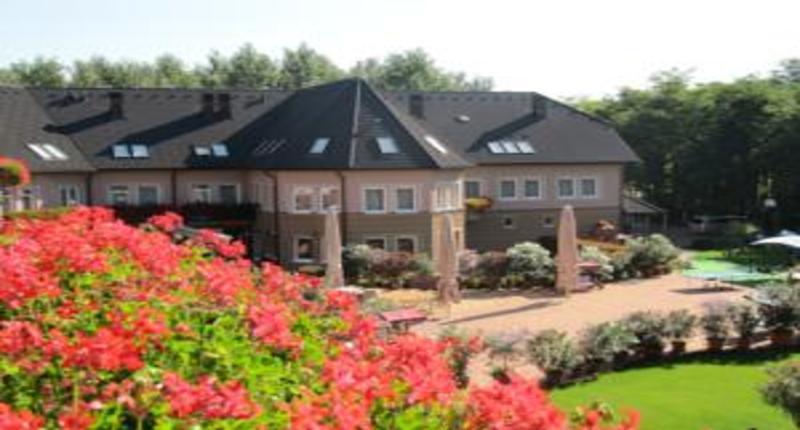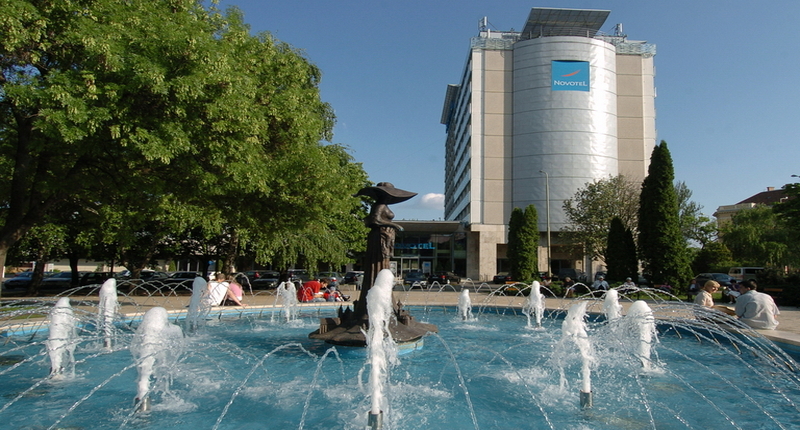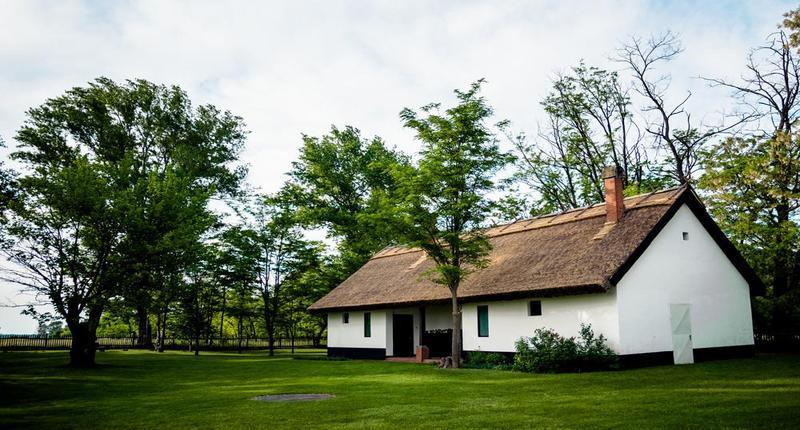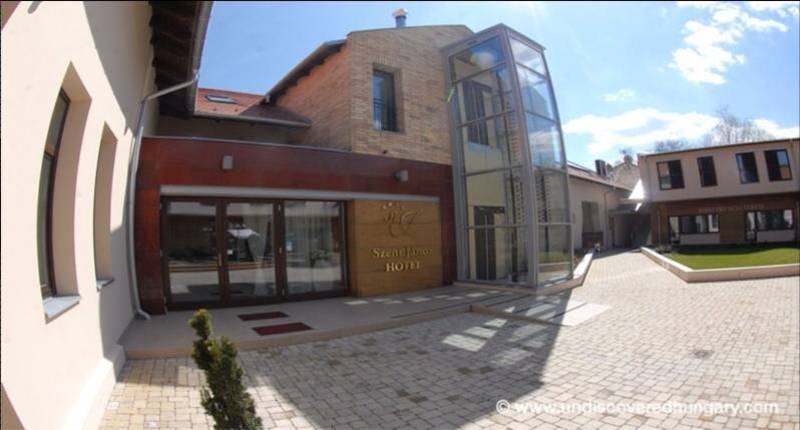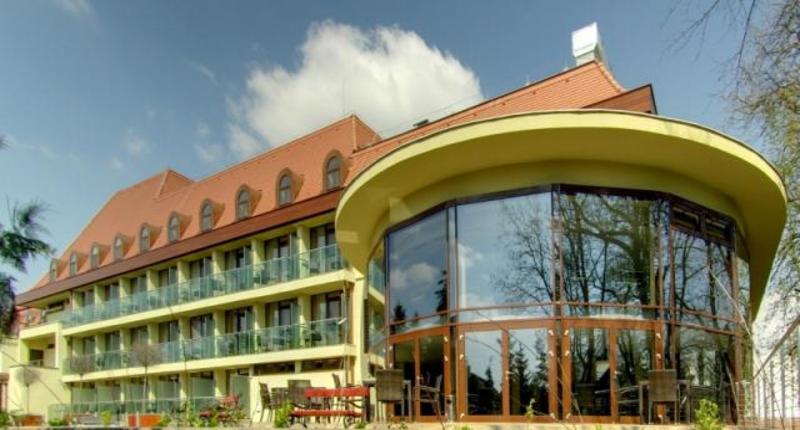Accommodation in Southern Great Plain
You will see here the land of the Puszta, an infinite flat area with peculiar natural treasures such as Bugac, which gives a taste of spectacular horse shows, like the famous Puszta Ötös (Puszta Five), very interesting to see the lifestyle of shepherds and to visit the Shepherd's Museum and of course trying some authentic Hungarian dish in one of the region's famous Csarda. (Traditional Hungarian restaurant)
http://www.undiscoveredhungary.com/search?q=Puszta
At the National History Memorial Park in Ópusztaszer you can learn about the way of life of the nomadic Hungarian tribes. The monumental picture of Árpád Feszty, the second largest panorama painting in the world, depicts how the Hungarians conquered and found home in the Carpathian Basin after many years of wandering.
http://www.undiscoveredhungary.com/places/61-csillagosveny-maze-fun-park
Forces of nature like the river Tisza and the wind has shaped the landscape for many centuries creating a diverse scenery. The major rivers (Danube, Tisza, Maros and Körös rivers) deposited their silt on the flat land and built alluviums, formed new riverbeds.
People lived here as early as 7000 years ago and they built huge mounds from soil (called kunhalom in Hungarian) probably for burial purposes. This is also one of the most fertile parts of Hungary where farmers grow flavourful vegetables and fruits.
The Southern Great Plain gives home to some of the liveliest towns with stunning architecture, interesting museums and with vivid cultural life such as Szeged, abounding in architectural masterpieces, wonderful and well-kept cityscape vivid cultural life that provide entertainment all year around.
http://www.undiscoveredhungary.com/search?q=Szeged
In the amazing Castle and Castle Bath of the town of Gyula, you can bath in a peaceful setting in the vast Almássy Park where some very old trees provide shade on hot days. Another great thing to do is visit the Hundred-Year-Old Confectionery (Százéves Cukrászda) which operates as a museum: here you can see old baking utensils, and rooms with original furnishings but don't forget to taste luscious Hungarian cakes, bonbons or ice cream.
http://www.undiscoveredhungary.com/search?q=Gyula
The Folk Art Museum in Kalocsa introduces the town's colourful embroidery of which is well-known in other parts of the world, together with other examples of its citizens' artistic talents. Kalocsa along with Szeged is the home of Hungarian paprika, the red spice that became the symbol of the country's gastronomy.
http://www.undiscoveredhungary.com/search?q=Kalocsa
The aromatic and juicy apricots and the famous brandy (palinka) made from it comes from the charming town of Kecskemét. You can learn about the secrets of palinka making and taste it in the Zwack Fruit Brandy Distillery on guided tours. Apart from the famous liqueur Kecskemét has some unique collection in its numerous museums not to mention the fine examples of Hungarian Art Nouveau and its thermal bath.
http://www.undiscoveredhungary.com/search?q=Kecskemet
The region's meat products are also sought-after in the groceries of foreign countries like the Gyulai or Békéscsabai sausages.
Orosháza is known for its quality goose liver but aprt form this delicacy you should visit its poular resort district Gyopárosfürdő where the whole family can indulge and relax in several thermal pools, open-air beahces throughout the year. The natural water of the pools relieves rheumatic pains.
Taste some of the most delicious fishermen's soups at the Fishermen Soup Cooking Festival on the main square of the town of Baja, the charming trading town. The characteristic of the Baja fish soup is that noodle is added and cooked in the soup towards the end of cooking.
Emperor Josef II founded a Royal Horse Breeding Institute in Mezőhegyes which became the most significant stud farm in Europe at the time. The farm has some very rare architectural masterpieces as well. The area around Mezőhegyes is also a fine hunting place where we organise tours to.
There are three national parks in the area with its natural beauty:
Kiskunsagi http://www.undiscoveredhungary.com/search?q=Kiskunsagi
Körös-Maros http://www.undiscoveredhungary.com/search?q=Koros+maros
Duna-Dráva National Park http://www.undiscoveredhungary.com/search?q=Duna+drava
Also an interesting place to visit is the village of Hajos with its white washed wine cellars.
The area received its name after the Cumans (kun in Hungarian) an Asian nation who settled down here in the 13th century when King Béla invited them after the Mongol invasion (1241-42) killed most of the Hungarian people liviving in the area.
Revpuszta is another good choice to watch spectacualr horse programs and animals indigenous to Hungary (grey cattle, racka sheep).
